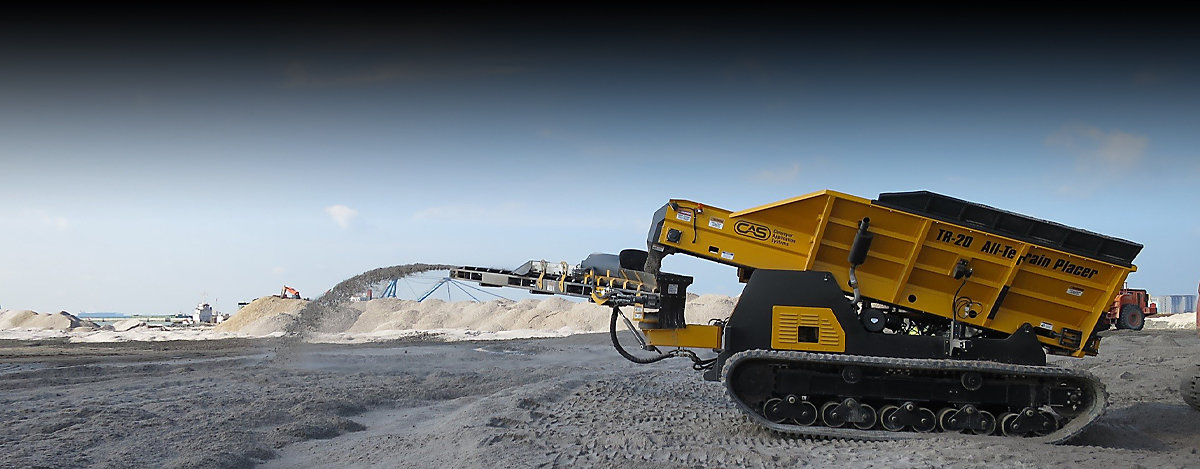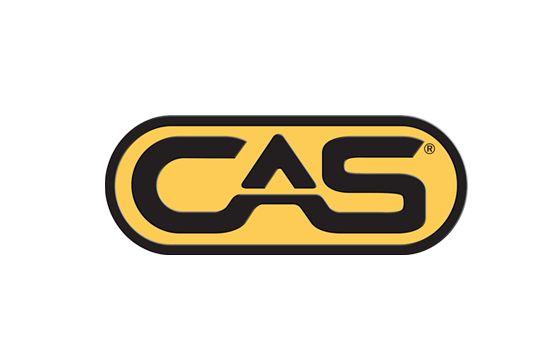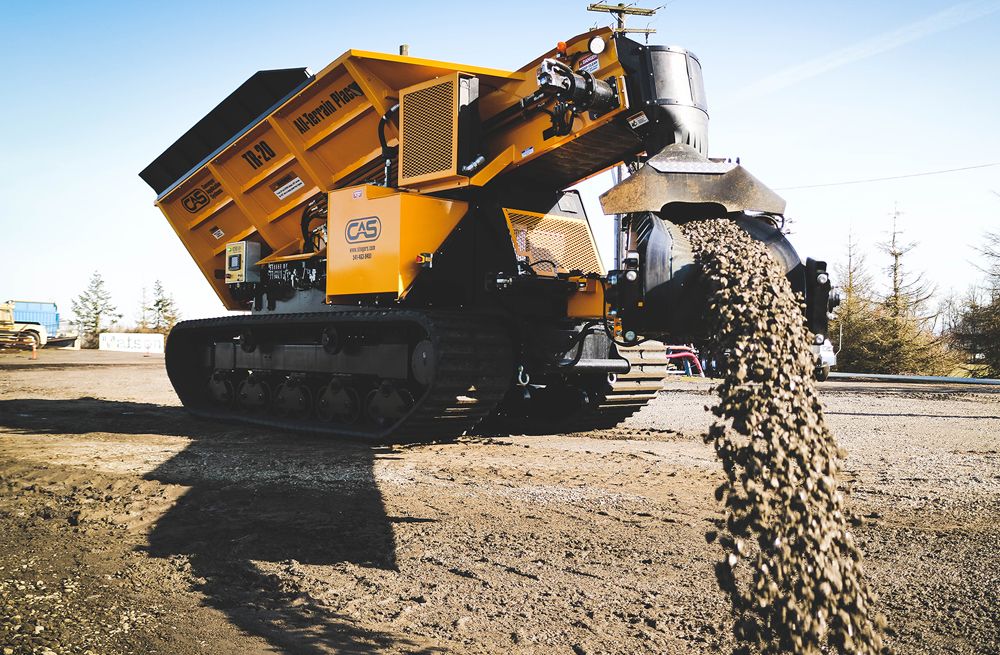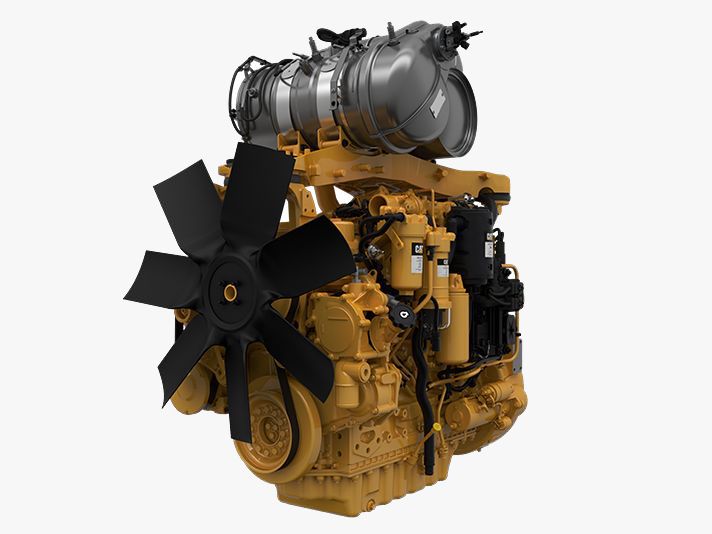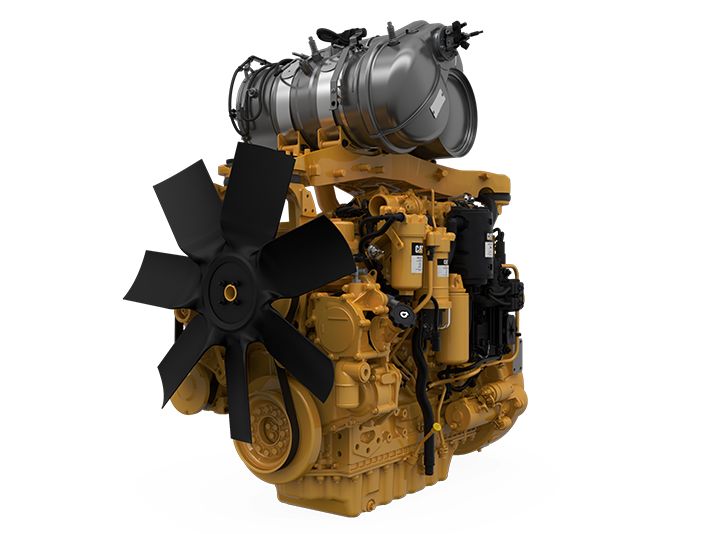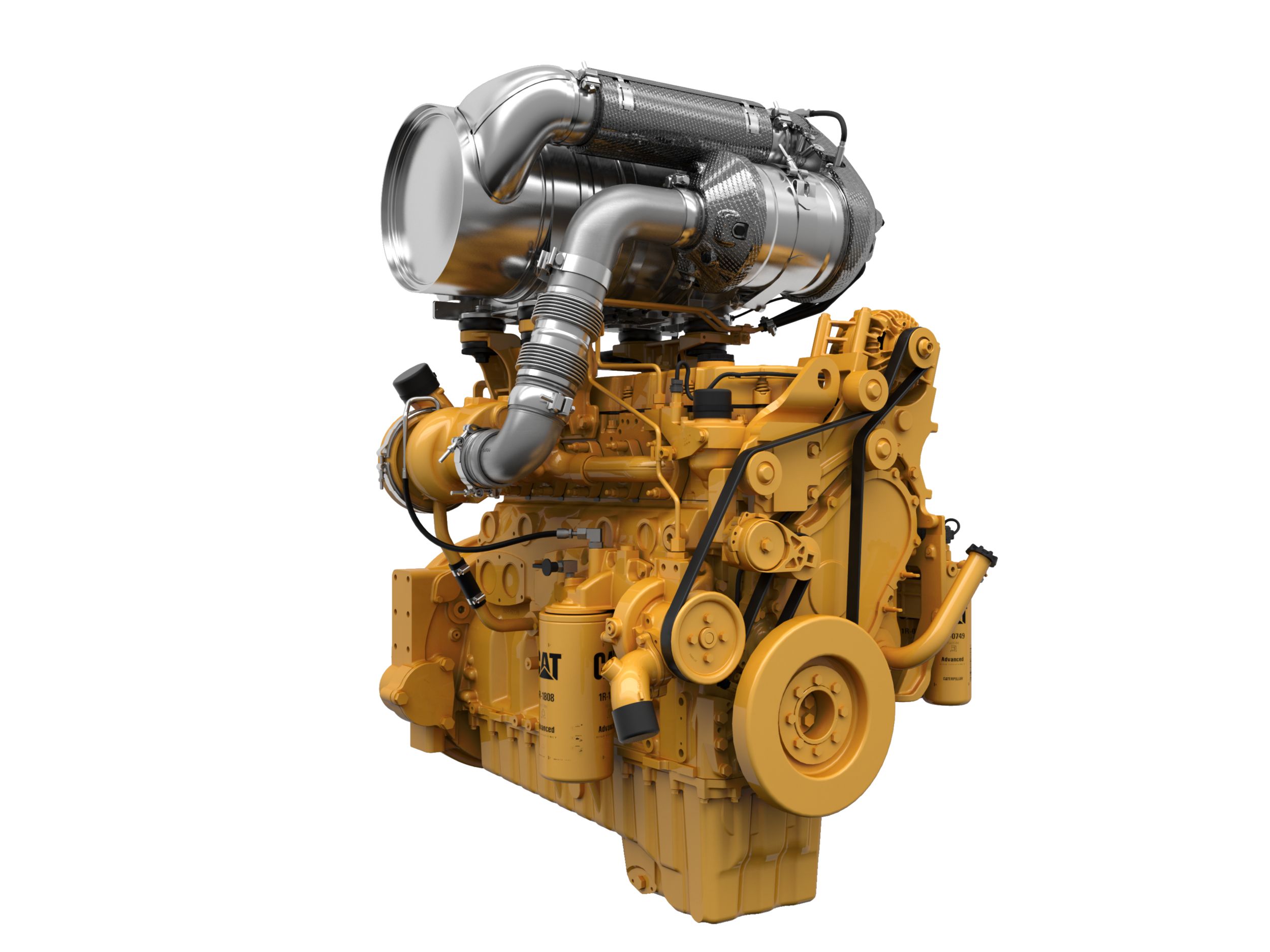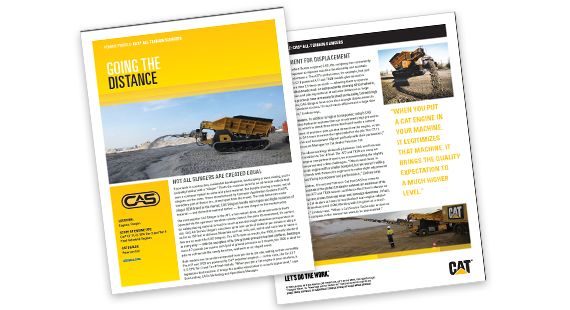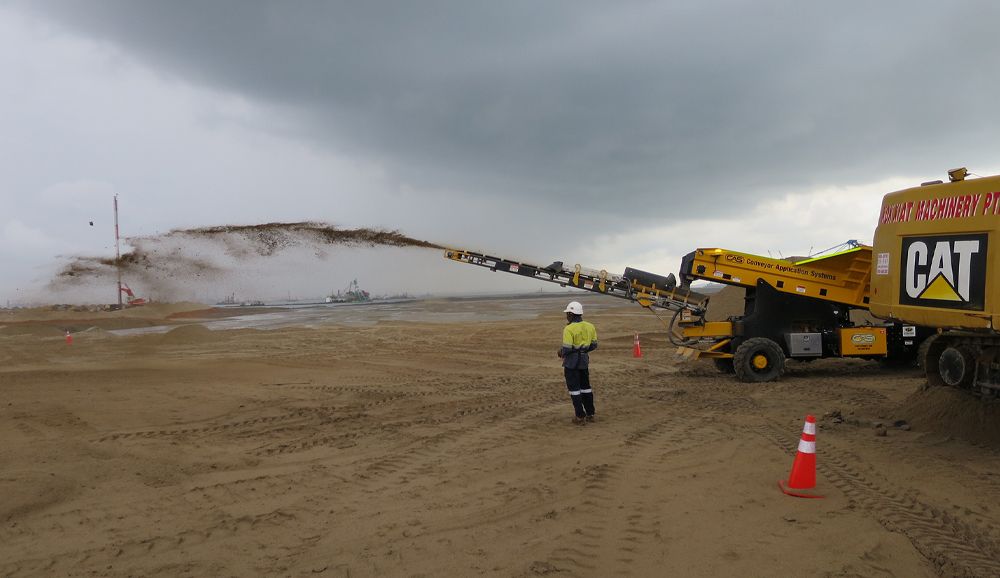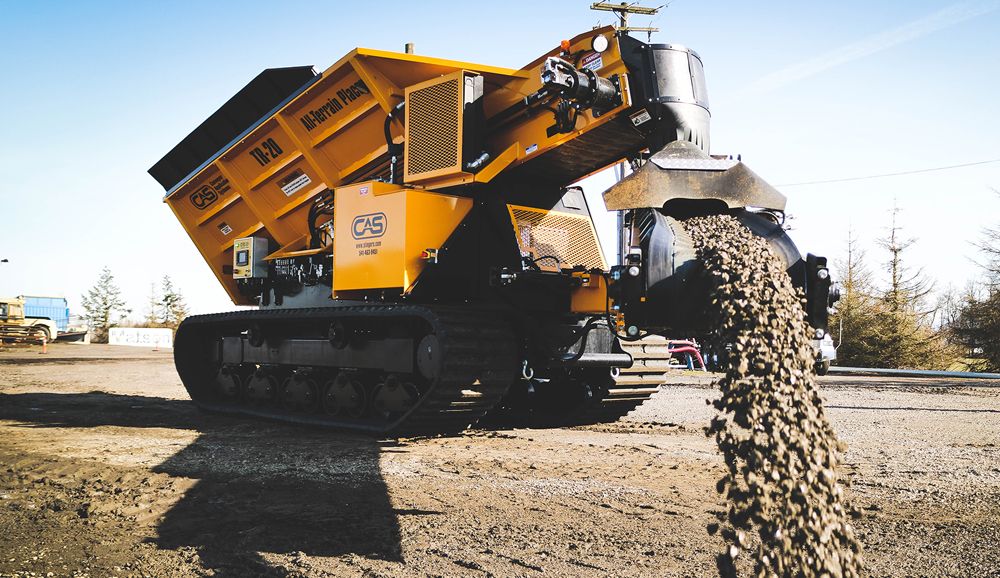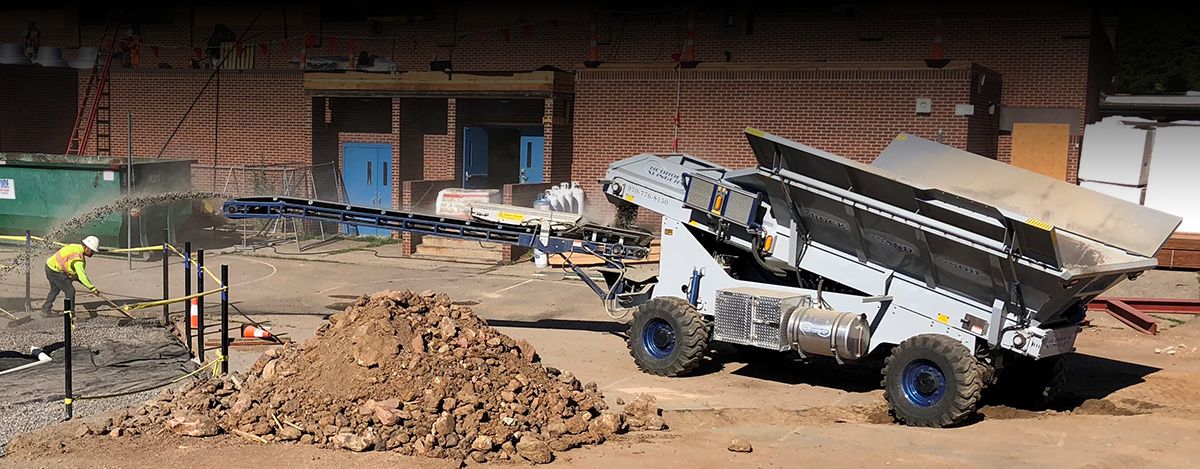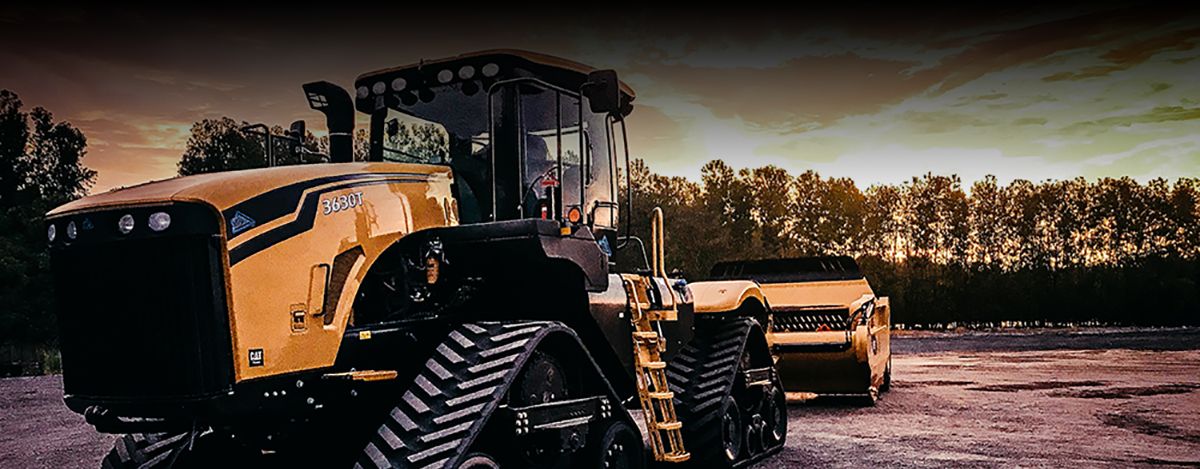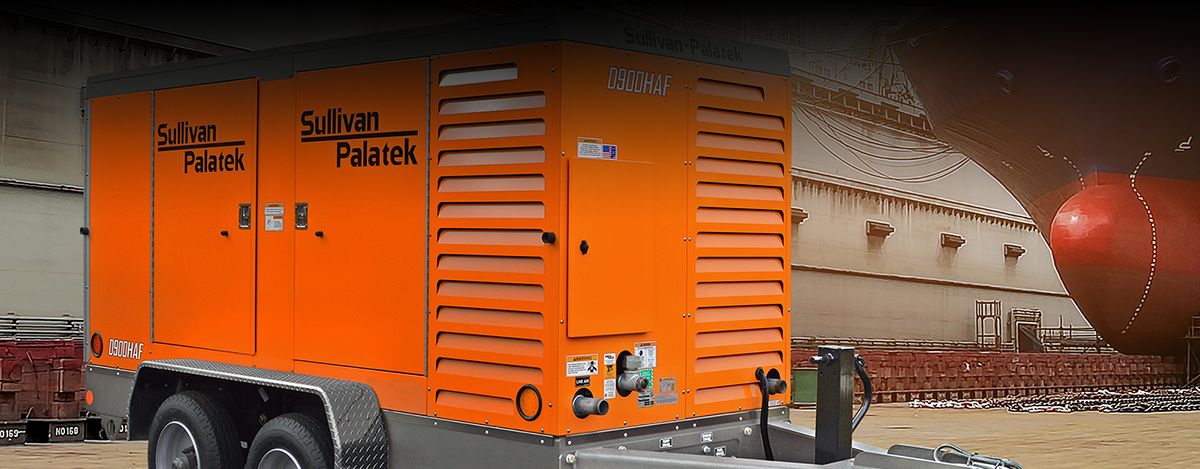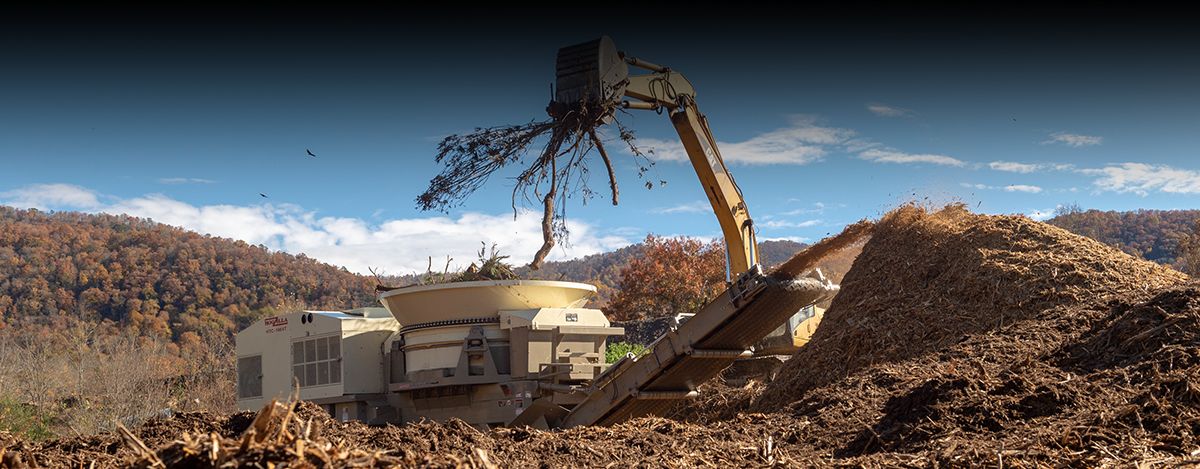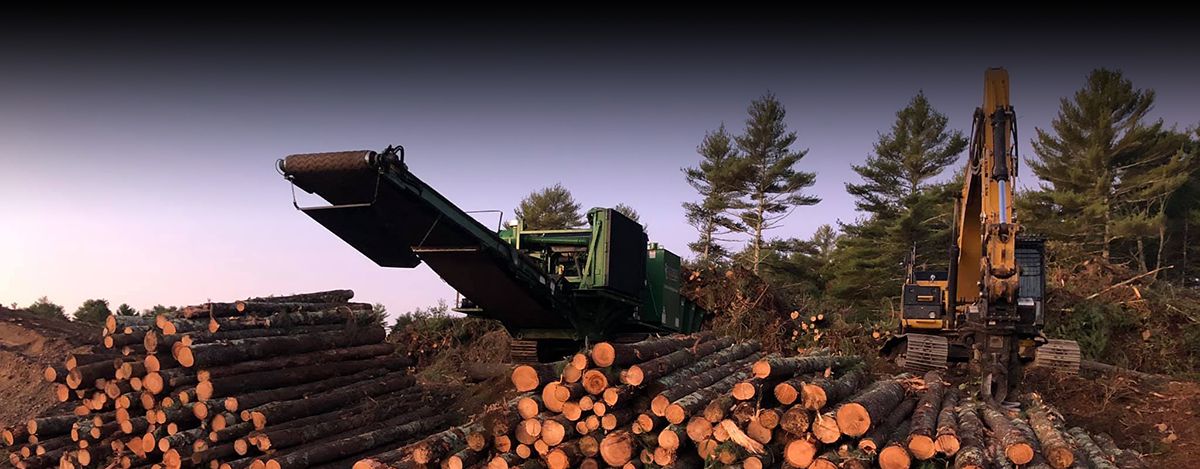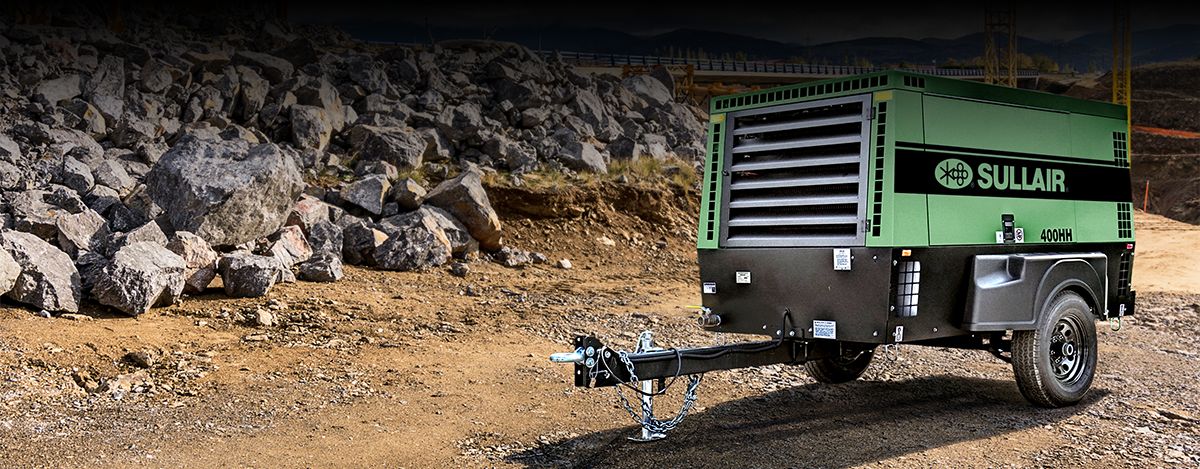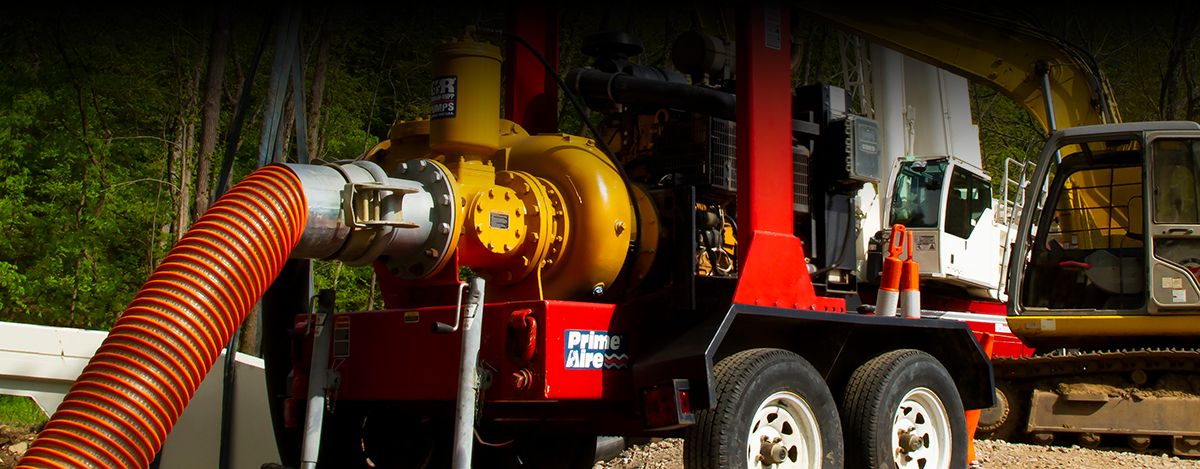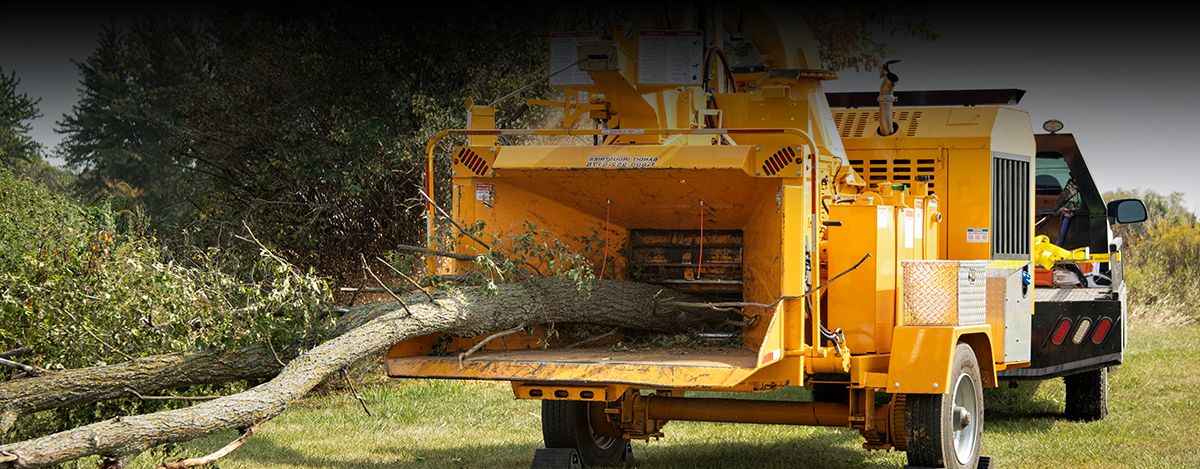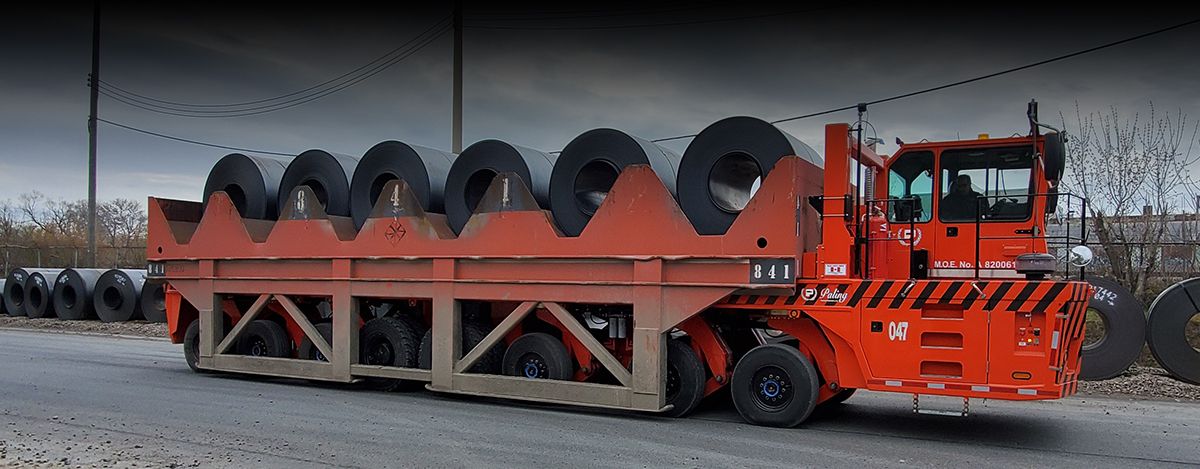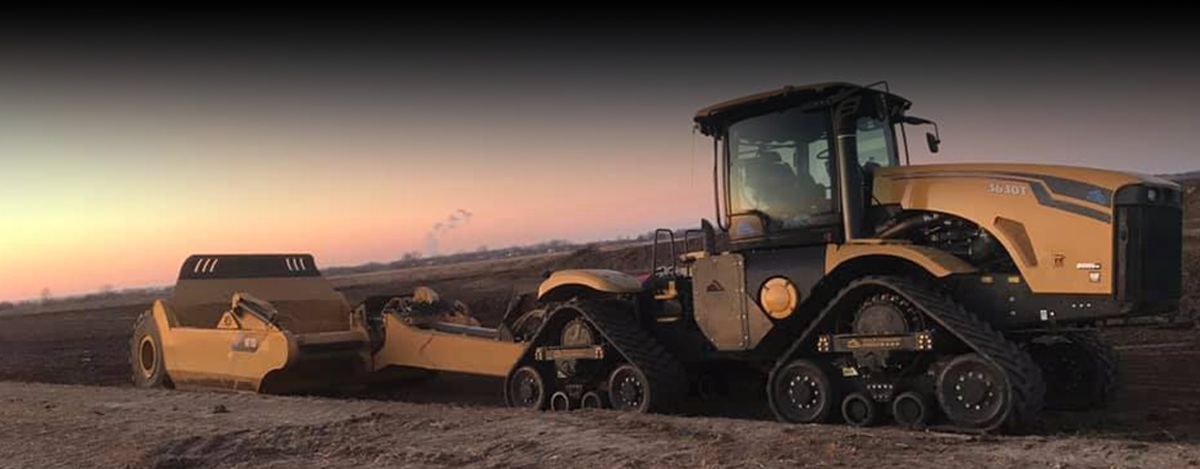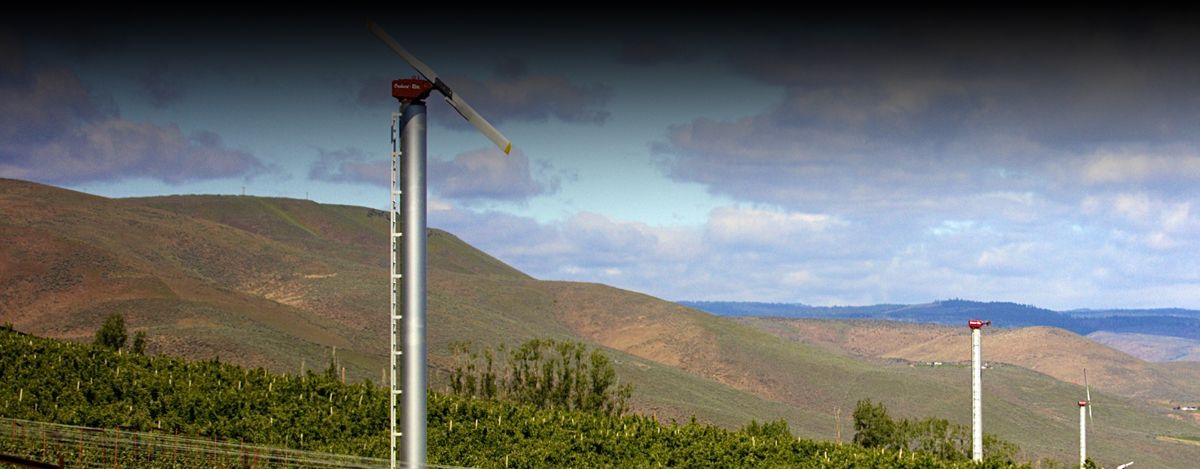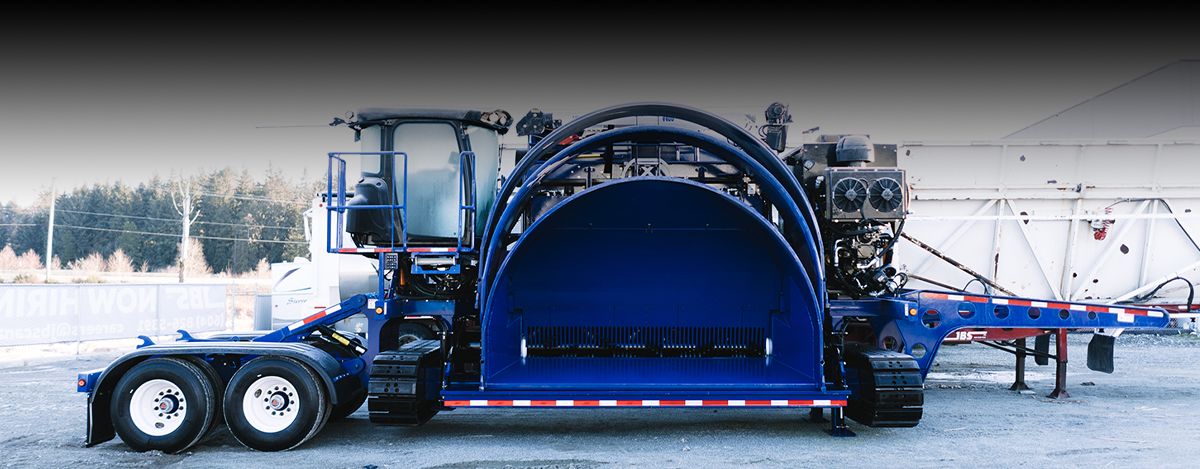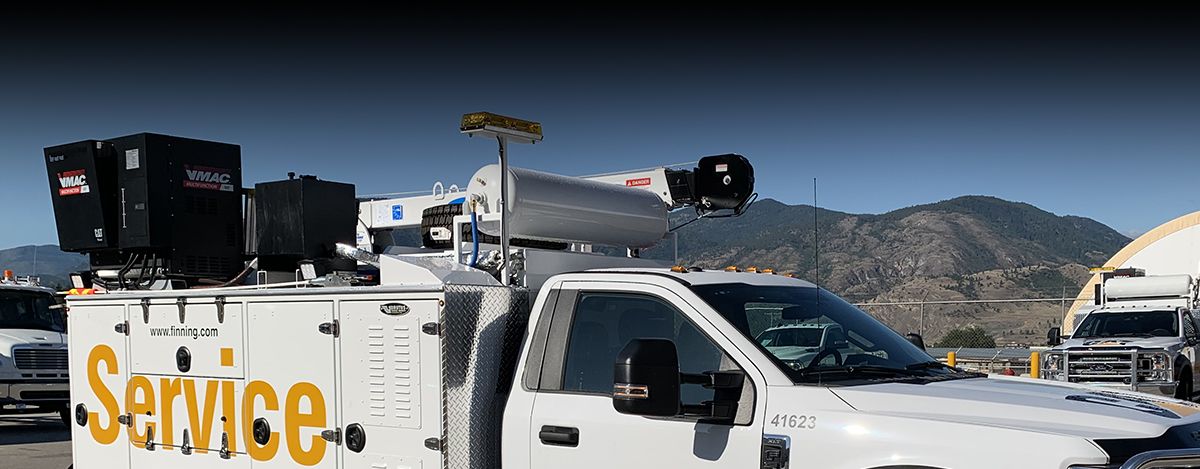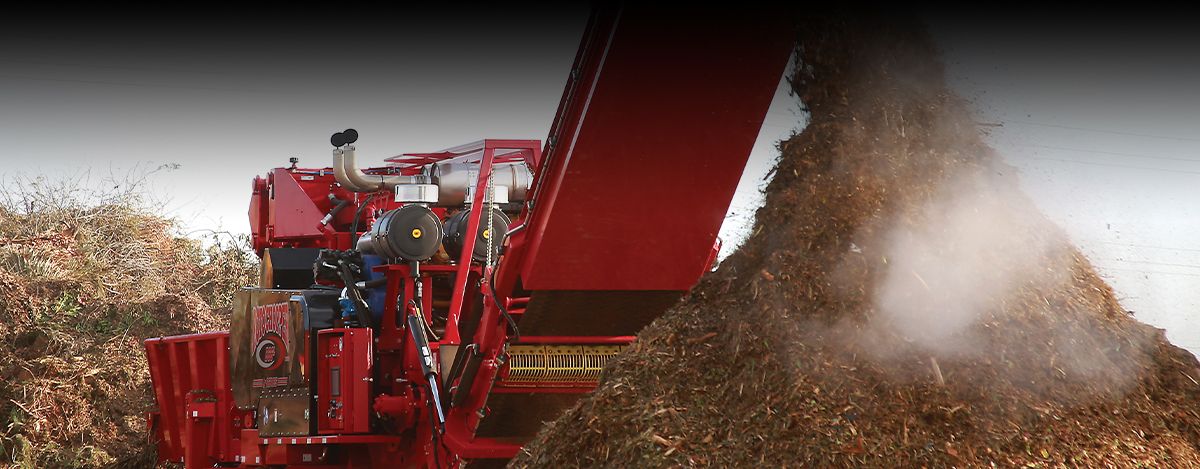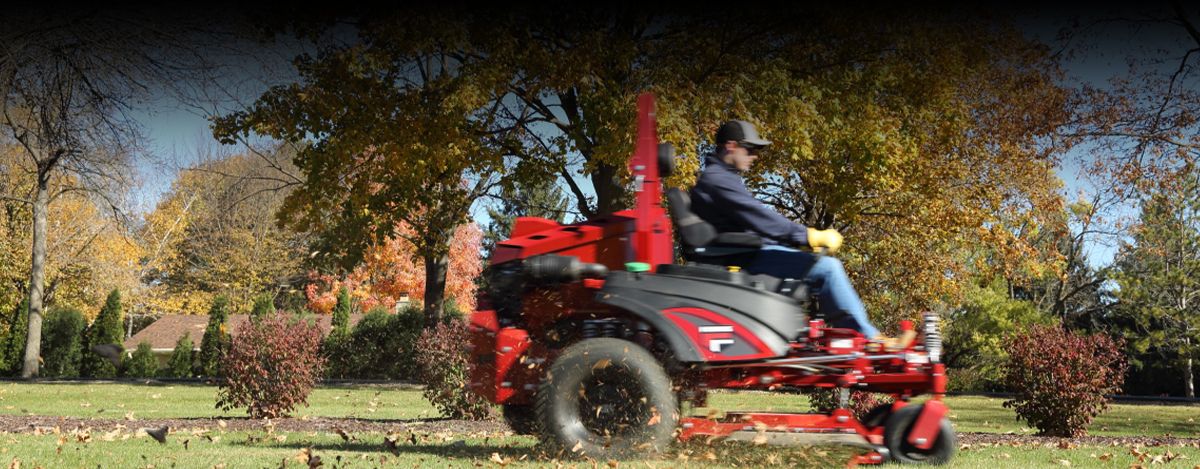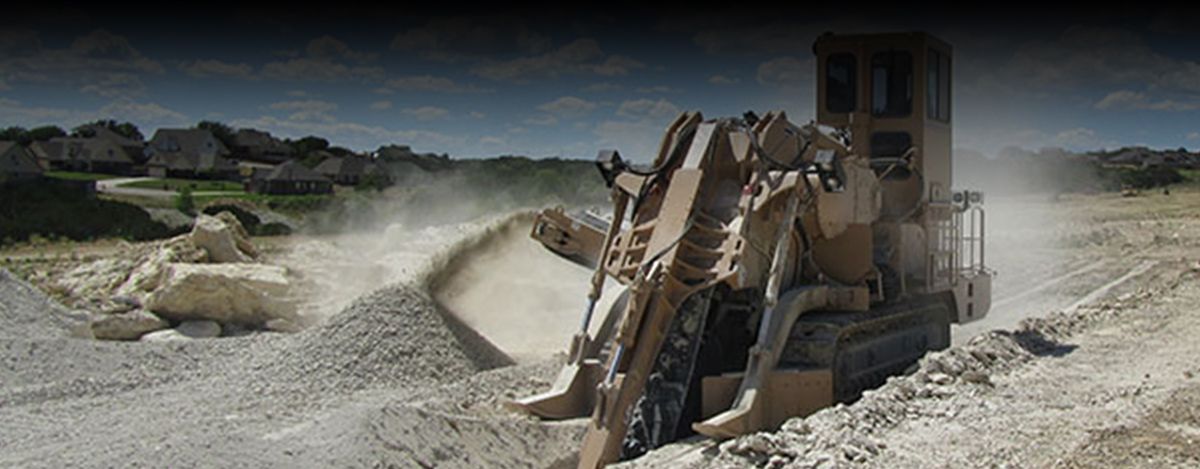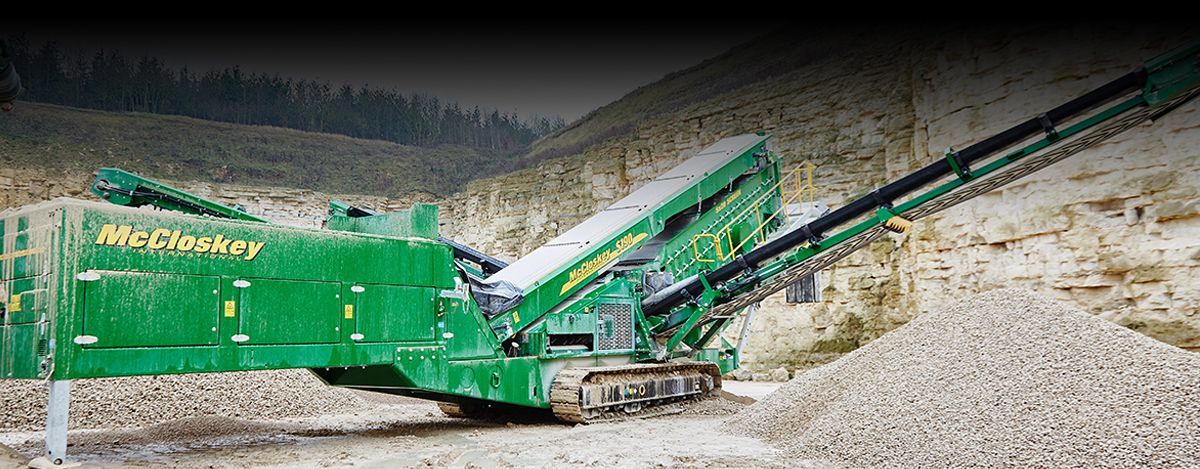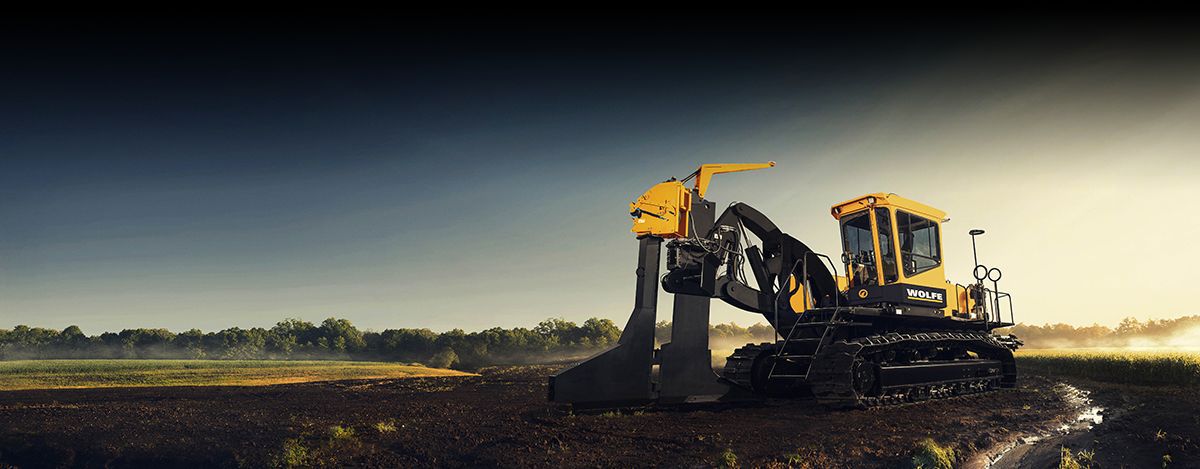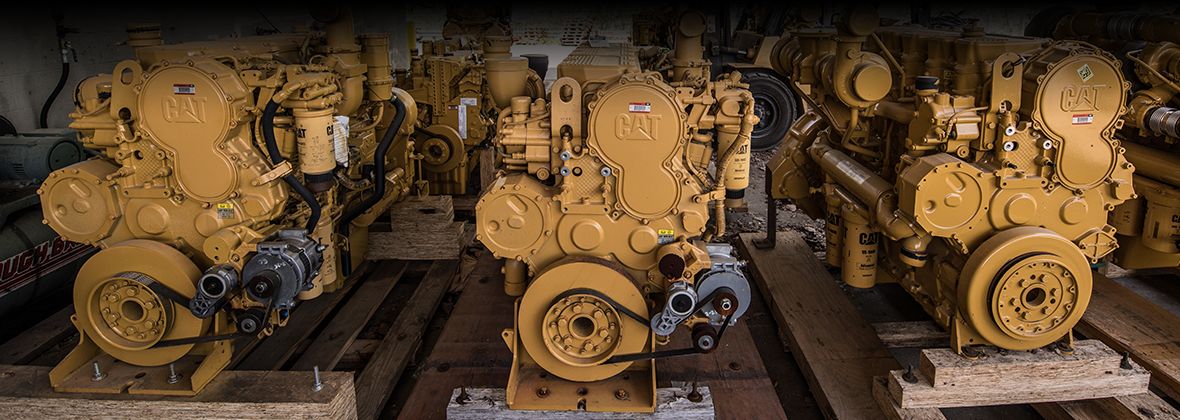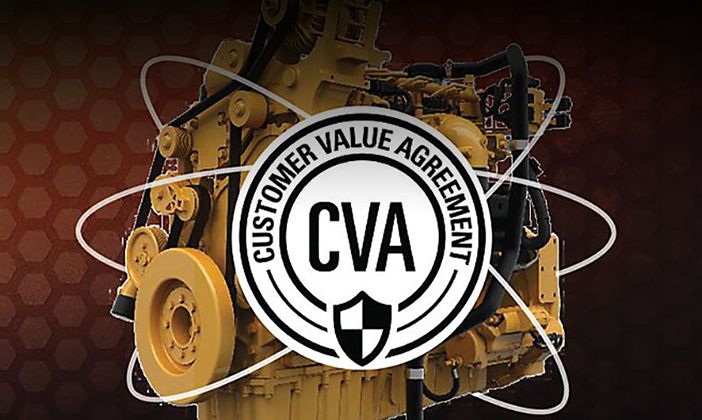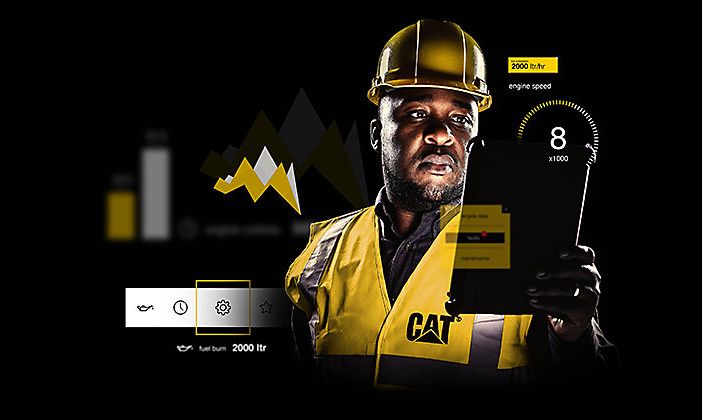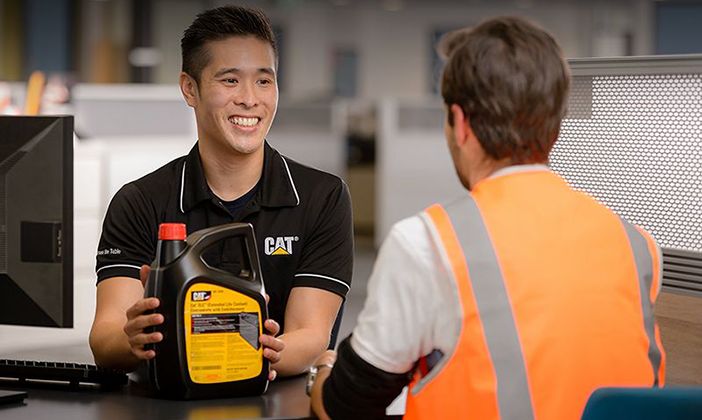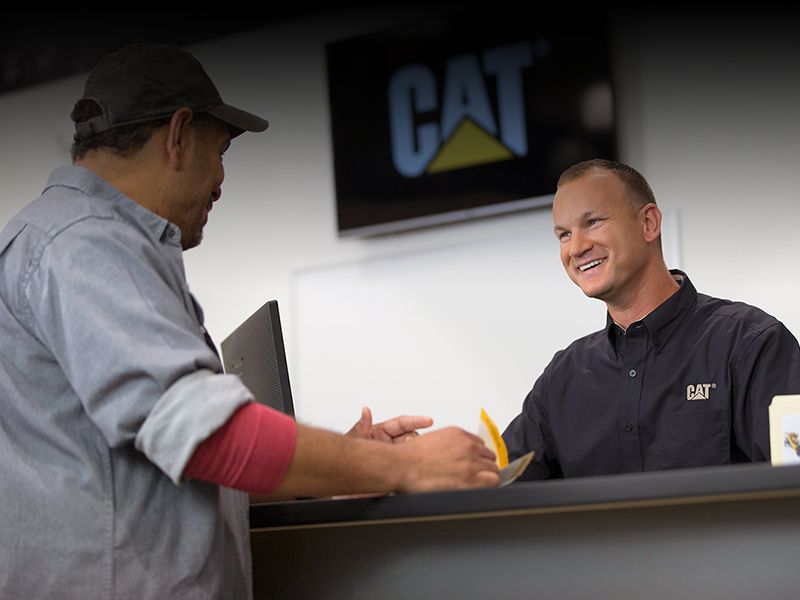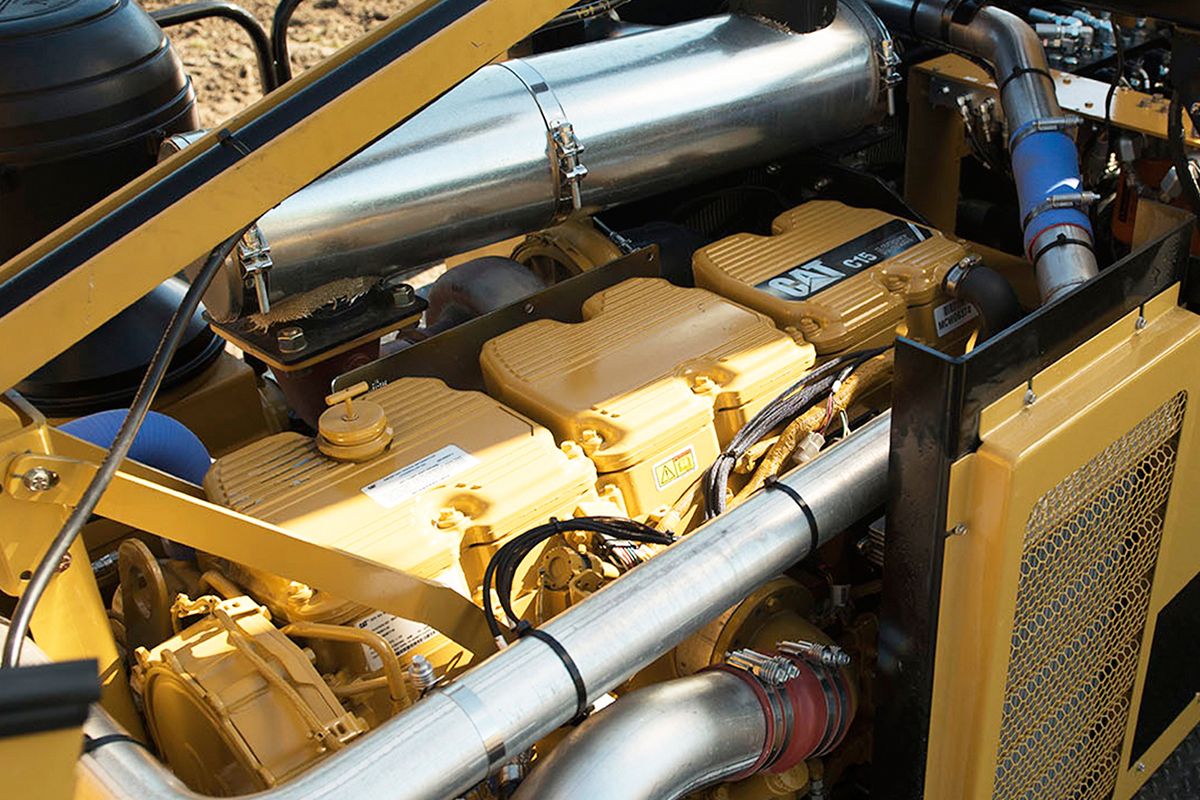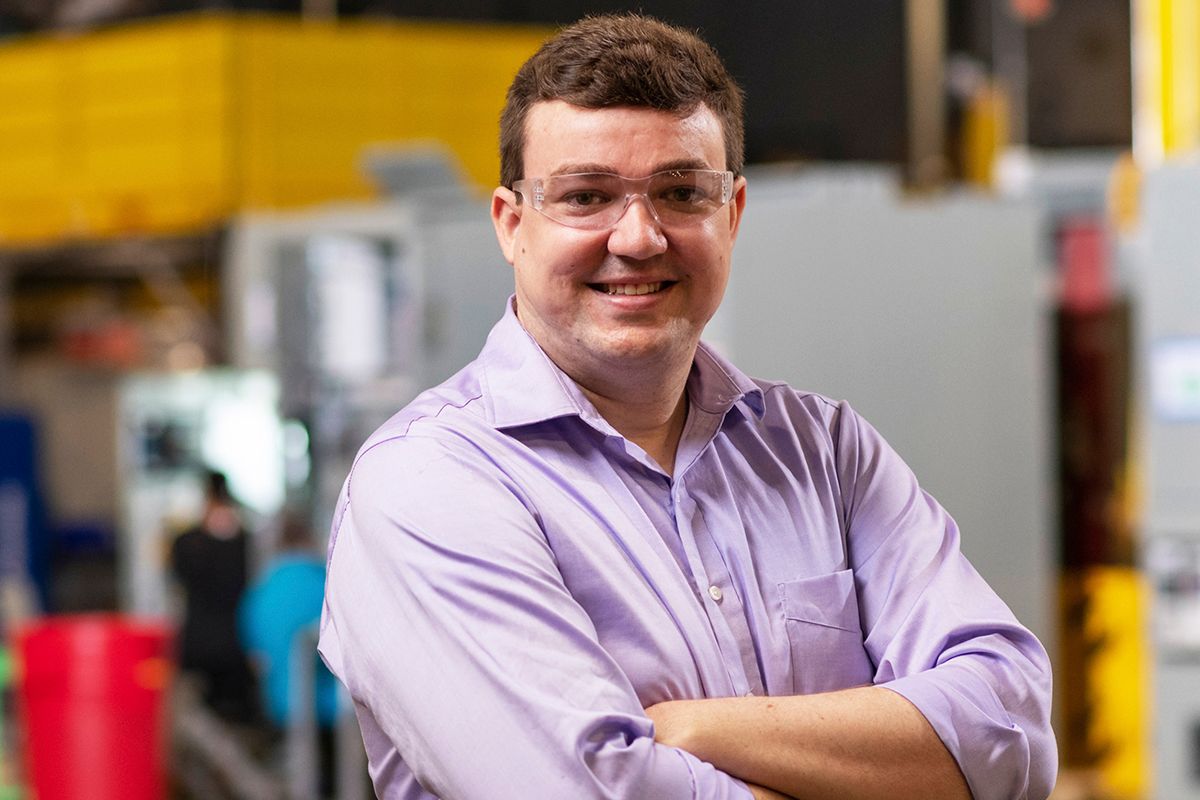Going the Distance
Product Overview
Cat Engine Overview
Read profile
Gallery
Related Profiles
PRODUCT OVERVIEW
- The most popular CAS Slinger is the AT7, a four-wheel-drive, all-terrain vehicle that’s operated via the operators’ wireless remote control, making it perfect for safely placing material in hard-to-reach areas that might otherwise put operators at risk.
- Materials such as rock, soil, mulch and concrete to name a few are no match for CAS Slingers. The AT7’s twin-on-tracks, the TR20, is nearly identical in every way — with the exception of its low-ground-pressure tracked platform. Emitting a mere 4-7 pounds per square inch (psi) of ground pressure as it travels, the TR20 is ideal for jobs on soft terrain like sandy beaches, wetlands or on sloped areas.
- Both models can be easily transported from job site to job site, adding to their versatility. The AT7 and TR20 are powered by Cat® industrial engines — in this case, the Cat C7.1 U.S. EPA Tier 3 and Tier 4 Final models. Having a Cat engine in machines bring a higher level of quality that would be expected with the Caterpillar name.
- Today’s C7.1 powered AT7 and TR20 models give operators 225 horsepower — more than 2.5 times as much as the AT7's predecessor — allowing them to operate multiple functions simultaneously such as independently steering all four wheels, traversing difficult terrain and placing material at extreme distances or large volumes. This makes the machines much more efficient and is a huge time saver for customers.

Cat® Engine Overview
- The Cat® C7.1 industrial engine is offered in power ratings up to 320 hp (239 kW) and peak torque 1268 Nm (935 lb-ft) allowing for downsizing while still getting more responsiveness and productivity than ever before.
- Highly-efficient fuel and turbocharging systems are specially configured to meet a wide range of machine operating cycles while also reducing fuel consumption, up to 20% when downsizing from a larger engine platform.
- With technologically-advanced fuel-injection and SCR systems, the C7.1 reduces the need for DEF consumption, so overall costs remain low.
- The newest thermal management systems and catalysts mean your aftertreatment is fit for the life of your engine.
- When you've got options, you can keep design and installation costs low. The C7.1 has a wide range of configurable options including one that's fit for your machine application.

Compare Models
-
- Maximum Power
- 320 hp
- 240 kW
- Maximum Torque
- 935 lb-ft @ 1400 rpm
- 1268 Nm @ 1400 rpm
- Emissions
- U.S. EPA & CARB Tier 4 Final, EU Stage V
- U.S. EPA & CARB Tier 4 Final, EU Stage V
C7.1
Learn More- Maximum Power
- 456 hp
- 340 kW
- Maximum Torque
- 1540 lb-ft @ 1400 rpm
- 2088 Nm @ 1400 rpm
- Emissions
- EU Stage V, U.S. EPA Tier 4 Final, Korea Stage V, Japan 2014, China NRIV
- EU Stage V, U.S. EPA Tier 4 Final, Korea Stage V, Japan 2014, China NRIV
C9.3B
Learn More
POWER PROFILE
CUSTOMER:
PRODUCT:
CAS All-Terrain Slingers
LOCATION:
Eugene, Oregon
SCOPE OF ENGINE USE:
Cat® C7.1 U.S. EPA Tier 3 and Tier 4 Final Industrial Engines
CAT DEALER:
NOT ALL SLINGERS ARE CREATED EQUAL
If you work in construction, residential development, landscaping or even mining, you’re probably familiar with a “slinger.” That’s the common term for an all-terrain vehicle that uses a conveyor system to move and place material. But despite sharing a name, not all slingers are the same. Those manufactured by Conveyor Application Systems (CAS®), subsidiary part of Rexius Inc., stand apart from the crowd. The only American-made slinger OEM brand on the market, CAS Slingers handle more types and higher volumes of material — and throw that material farther — than any slinger on the market today.
The most popular CAS Slinger is the AT7, a four-wheel-drive, all-terrain vehicle that’s operated via the operators’ wireless remote control. Because it’s unmanned, it’s perfect for safely placing material in hard-to-reach areas that might otherwise put operators at risk. CAS All-Terrain Slingers can place up to nine yards of material per minute or sling it as far as 150 feet in distance. Materials such as rock, soil, mulch and concrete to name a few are no match for CAS Slingers. The AT7’s twin-on-tracks, the TR20, is nearly identical in every way — with the exception of its low-ground-pressure tracked platform. Emitting a mere 4-7 pounds per square inch (psi) of ground pressure as it travels, the TR20 is ideal for jobs on soft terrain like sandy beaches, wetlands or on sloped areas.
Both models can be easily transported from job site to job site, adding to their versatility. The AT7 and TR20 are powered by Cat® industrial engines — in this case, the Cat C7.1 U.S. EPA Tier 3 and Tier 4 Final models. “When you put a Cat engine in your machine, it legitimizes that machine. It brings the quality expectation to a much higher level,” says Don Lindsey, CAS’s Marketing and Operations Manager.
NO REPLACEMENT FOR DISPLACEMENT
Since the early 2000s, when Rexius acquired CAS, the company has consistently increased engine horsepower to improve machine functionality and maintain its industry-leading performance. The AT7’s predecessor, for example, had just 87 horsepower. Today’s C7.1 powered AT7 and TR20 models give operators 225 horsepower — more than 2.5 times as much — allowing them to operate multiple functions simultaneously such as independently steering all four wheels, traversing difficult terrain and placing material at extreme distances or large volumes. “Competitive products have extremely limited functionality, but with high horsepower Cat engines, CAS Slingers have more than enough displacement to perform three or four functions at once. It’s much more efficient and a huge time saver for our customers,” Lindsey says.
Performance under pressure. In addition to higher horsepower, today’s CAS Slingers feature upgraded hydraulic systems that run at extremely high pressure — as much as 6,000 psi, which is about three times that found inside a natural gas pipeline. “That amount of pressure puts greater demand on the engine, so we worked closely with the CAS team to select the right model for the job. The C7.1’s power band, power curve and horsepower aligned perfectly with their parameters,” says Don Muth, OEM Account Manager for Cat dealer Peterson Cat.
No need to sacrifice. The close working relationship between CAS and Peterson Cat paid off during the transition to Tier 4 Final. The AT7 and TR20 are compact machines with limited engine compartment space, so accommodating the slightly larger Tier 4 Final engines presented a few challenges. “Others went down in power so they could use an engine with a smaller footprint, but we weren’t willing to do that. We worked closely with Peterson’s engineers to make slight adjustments to our design without sacrificing horsepower and performance,” Lindsey says.
Small in size, big on service. It’s not just Peterson Cat that CAS has come to rely on. The company considers the global Cat dealer network an extension of its service team, and it gives AT7 and TR20 owners confidence that there’s always an expert nearby to address any issues that may arise and minimize downtime. In fact, CAS has even turned to Cat dealers at times to troubleshoot non-engine-related issues. “We are a small-medium sized OEM. Working with Cat gives us a much larger global presence,” Lindsey says. “When a Cat Service Technician arrives on site, they represent our company in the manner we want to be represented.”
“WHEN YOU PUT A CAT® ENGINE IN YOUR MACHINE IT LEGITIMIZES THAT MACHINE. IT BRINGS THE QUALITY EXPECTATION TO A MUCH HIGHER LEVEL.”
POWER PROFILE IMAGE GALLERY



Related Power Profiles
See what other Cat® industrial engine customers have to say about our engines and related products, and the support they receive from the Cat dealer network.
-
W.K. Dahms Mfg. Ltd. Stone Slinger - Cat® C4.4 Engine
Learn more -
Morooka USA MST2200VDR and MST3000VD - Cat® C7.1 Engine
Learn more -
Mobile Track Solutions MTS 3630T and the 3630W - Cat® C18 Engine
Learn more -
Sullivan-Palatek D900HAF Compressor - Cat® C7.1 Engine
Learn more -
Eagle Crusher UltraMax® 1200-CC Crushing Plant - Cat® C9.3B Engine
Learn more -
CW Mill Equipment Co. HogZilla Monster Grinders - Cat® C32 Engine
Learn more -
Pronar MRW 2.85 Shredder - Cat® C9.3B Engine
Learn more -
Hurley Land Clearing Bandit 4680 Grinder - Cat® C32 Engine
Learn more -
T-MAR Industries Log Champ 550 & 650 - Cat® C9.3B and C15 Engines
Learn more -
Sullair Portable Air Compressors - Cat® C4.4 Engine
Learn more -
Bandit Industries, Inc. Beast 2460XP Horizontal Grinder - Cat® C13B Engine
Learn more -
Gorman-Rupp Pump PAH8A60 and PAH8A65 - C9.3B Engine
Learn more -
Bandit Industries, Inc. Intimidator 18XP & 19XPC - C4.4 and C7.1 Engines
Learn more -
Paling Transporter - Cat® C13B Engine
Learn more -
City of San Antonio/HogZilla Tub Grinder - Cat® C32 Engine
Learn more -
Infrastructure Contractors/MTS 3630T Construction Tractor - Cat® C18 Engine
Learn more -
Orchard-Rite LTD Inc. Wind Machine - Cat® C7.1 and C4.4 Engines
Learn more -
JBS Track-Pack Silage Bagger - Cat® C15 Engine
Learn more -
ZDAS CNS 400 K & CNS 730 mobile scrap shears - C4.4 and C7.1 Engines
Learn more -
VMAC Global Technology - Cat® C1.1 Engine
Learn more -
Rotochopper B-66L Grinder - Cat® C27 Engine
Learn more -
Ferris IS6200 Mower - Cat® C1.7 Engine
Learn more -
Komptech Crambo - Cat® Industrial Engines
Learn more -
Tesmec 1075 Chainsaw Trencher - Cat® C9.3B Engine
Learn more -
McCloskey International Screeners - Cat® Industrial Engines
Learn more -
Puck Enterprises Pumps - Cat® C9.3B and C13B Engines
Learn more -
Wolfe Heavy Equipment Trenchers - Cat® C15 and C18 Engines
Learn more
Cat® Industrial Engine Support
Your Cat® dealer is your go-to resource for everything from installation support to troubleshooting to in-the-field service. With 171 dealers serving 192 countries, the expert assistance you need is always close at hand.
TIPS AND INFORMATION

